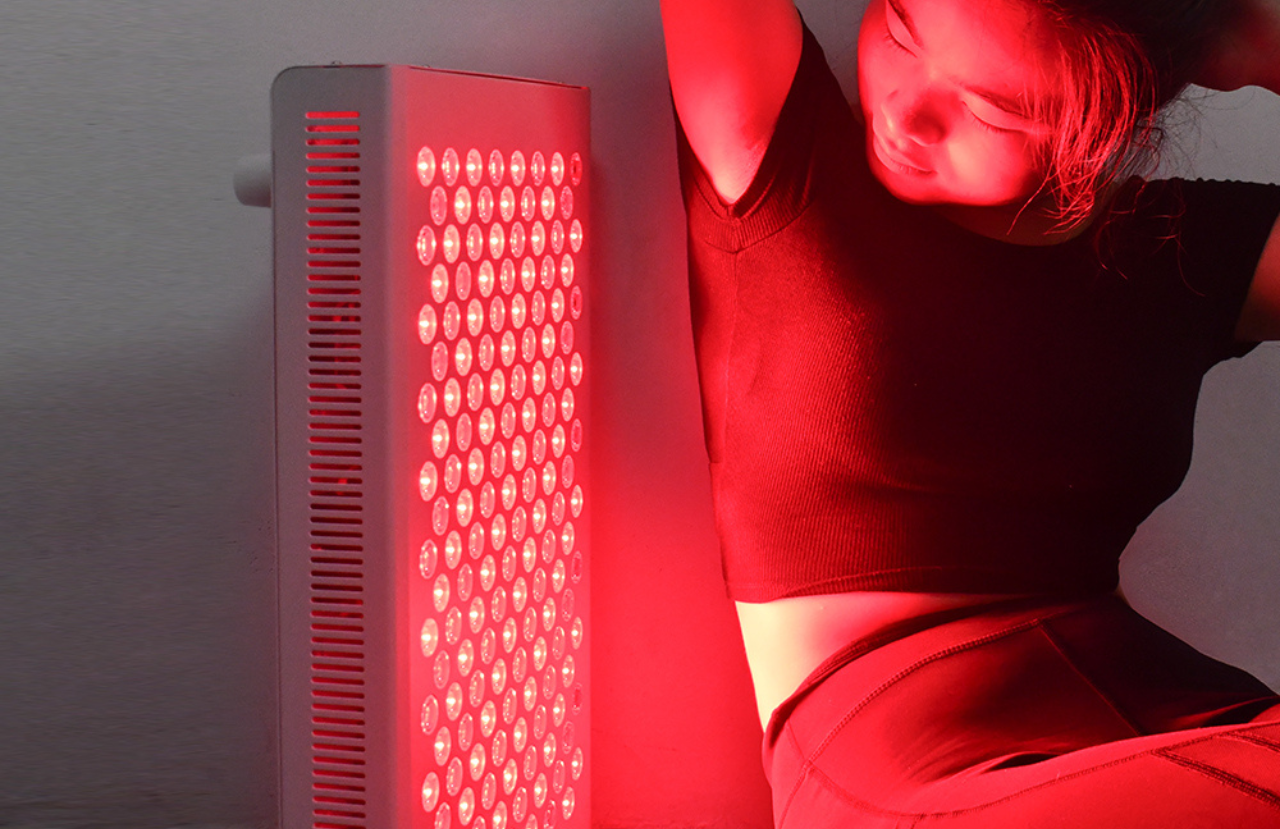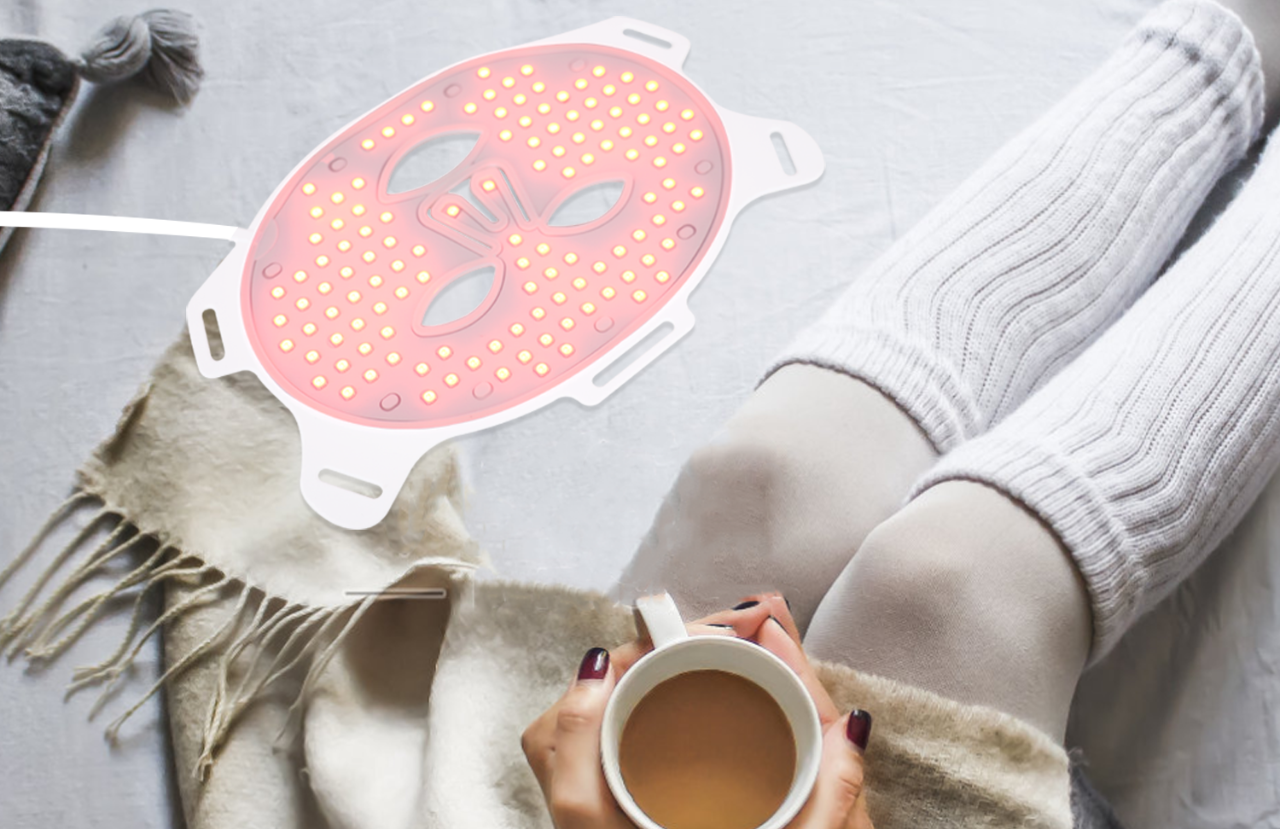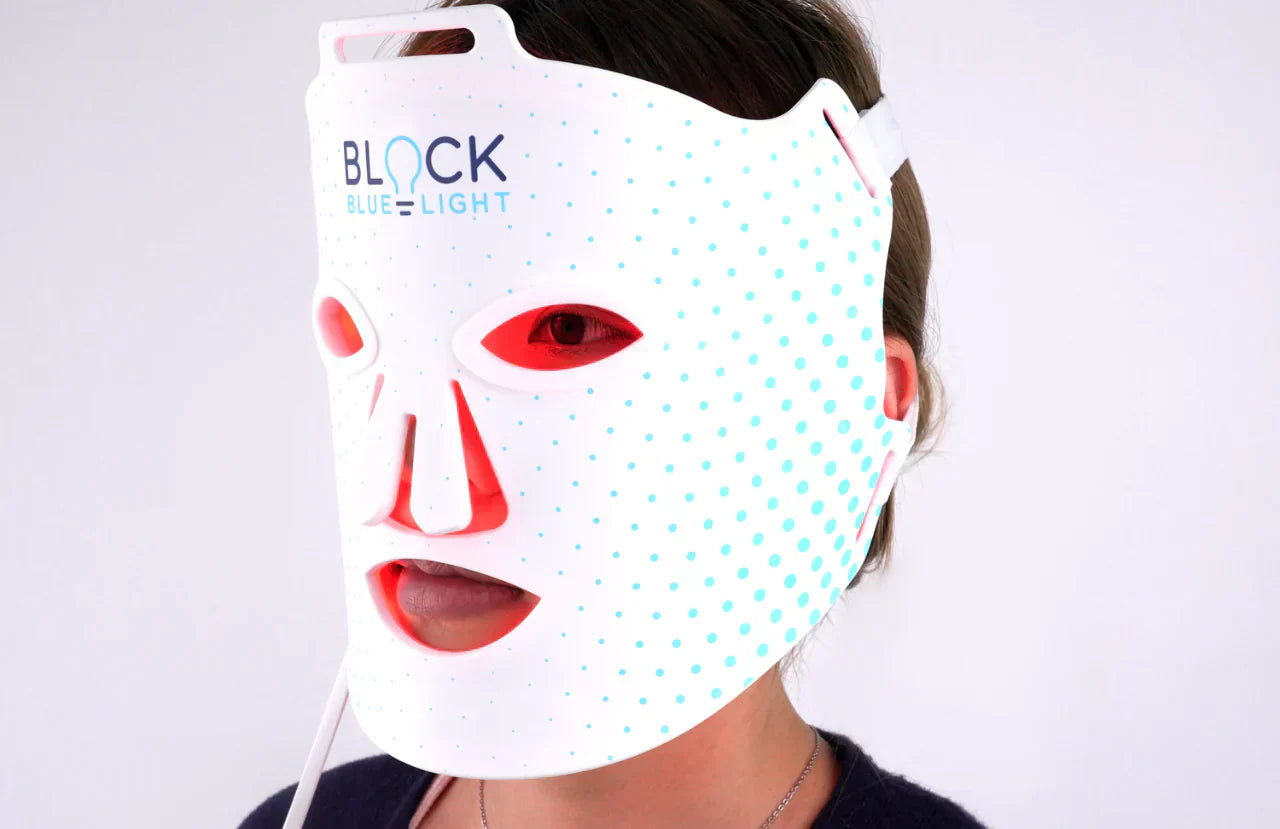Yes, you should definitely wear blue light glasses when watching TV. Whether it’s daytime or night, it’s important that you wear blue-light filtering glasses when watching your favourite shows. These glasses filter the damaging wavelengths that the screen emits and will protect your eyes. Blue light glasses are designed to be worn with artificial sources of blue light. This includes smartphones, tablets, television screens, LED lights and fluorescent lights, as well as television.
Why should I wear blue light glasses when watching TV?
To answer the question, ‘should I wear blue light glasses when watching TV?’ , let’s first understand why we need protection against blue light.
Why is blue light a problem?
Since the 1980s, artificial light sources have crept into our lives. A recent survey shows that an average person spends almost 7 hours in front of screens daily! Whether that’s your computer or laptop or your mobile when scrolling.
Since the 1980s, artificial light sources have crept into our lives. A recent survey shows that an average person spends almost 7 hours in front of screens daily! Whether that’s your computer or laptop or your mobile when scrolling.
Too much screen time leads to:
- obesity,
- sleep problems,
- mental health deterioration,
- eye disease, and;
- migraines
Part of the problem comes from the content that we see online. For example, seeing perfect people on social media may cause teens to compare themselves and feel inferior.
The second issue arises from the technology- these devices emit excessive levels of blue light.
Light comprises 7 colours of light- the same colours that we see in the rainbow. A healthy light balances all these colours and emits them equally, just as the sun does.
However, screens and LEDs excessively emit blue light (wavelengths 380nm-500nm). Blue light is bad for the eyes because it’s the primary cause of eye aches and headaches. You know how your eyes get strained and watery when you’ve been using screens for too long? Blue wavelengths are the culprit here. Blue light has smaller wavelengths that carry concentrated energy and cause this discomfort.
In the long run, exposure to blue light is linked with retina problems and age-related macular degeneration.
Keep in mind blue light doesn’t just come from screens. Artificial light sources constantly surround us- the LEDs in our homes and the fluorescent street lamps, which emit blue light too.
Below you can see the transmittance spectrum report, which shows the wavelengths of light coming from the sun vs. a traditional LED bulb. You can see that the sun emits a balanced spectrum of all the colours, while the LED bulb shows a spike in the blue light area.

Keep in mind that not all blue light is harmful! The body needs a certain level of blue light to regulate our sleep-wake cycle and keep us alert during the daytime. This blue light is naturally provided by the sun. It’s the artificial blue light that is the culprit here! Thus, blue light glasses should work with your body and let the sun’s level of blue light to pass through!
How will blue light glasses help when watching TV?
Blue light glasses filter the harmful wavelengths of blue light and deliver a balanced spectrum to your eyes. They do this by filtering the target wavelengths via a special pigment. This allows you to use screens for long stretches of time without experiencing headaches and eyestrain!
What types of blue light glasses should I wear when watching TV?
Daytime blue light glasses are divided into two categories, depending on how intensely they filter blue light;
Both are good options for wearing when watching TV.
Clear-lens blue light glasses:

The Specs:
These glasses filter 50% of blue light between the range of 380 to 500nm. In short, they target the complete range of blue light, but not completely. They allow just enough blue light to pass through that your eyes and brain need to be healthy. (In short, they bring the range to the blue-light levels of the sun!).
If they were to block blue light by 100%, the glasses would be tinted red.
Who are clear-lens glasses for?
We recommend these glasses to anyone who uses screens or is experiencing any of the symptoms associated with blue-light overdose.
The best thing about these glasses is that they don’t distort colours or your vision! You’ll experience no difference when going about your day or watching your shows!
BlockBlueLight’s glasses even have an anti-glare filter that prevents the annoying bright light that is often experienced with cheap glasses. This prevents you from squinting or changing your angle to see something better.
Yellow-lens blue light glasses:

The Specs:
Amber-tinted blue light glasses up the protection level, and in addition to filtering by 50% across the entire spectrum, they go a step ahead and filter 100% of blue light in the lower range of the blue light spectrum at 400-455nm.
Who are yellow-lens glasses for?
Yellow lens glasses are also known as gaming glasses or light sensitivity glasses. They’re best for people who are using screens for more than 8 hours a day, such as gamers. Or, they’re for those who are sensitive to light and often experience migraines and eye pain.
Since these give a yellow tint to your vision, we suggest you opt for these if you’re experiencing the long-term side effects of screen usage.
What will the TV screen look like with blue light glasses on?
You should see no difference when watching TV if you’re wearing clear-lens blue light glasses. However, if you’re wearing a cheap pair, you may experience glare or a pink tinge in your view. All of our glasses are high quality and have an anti-glare coating, which prevents the lens from reflecting light and obstructing the view.
However, when you’ve got yellow-tinted glasses on, the blue colours will appear darker. This is because the blue light is being filtered, proving that your glasses are doing their job. The green colours will also appear slightly lighter.
What to look for when buying blue light glasses for watching TV?

A transmittance spectrum report is a highly accurate report which shows the wavelengths being filtered by blue light glasses. Regular light is shined through the lens, and the light coming from the other end is measured and displayed in the report. This report displays the ‘wavelength range’. It also displays the ‘percentage’ of light filtered at that range. For example, has blue light been filtered by 10%? By 50%? Or by 100%?
In the report, check that the 300-500 nm range is filtered by at least 50% if you’re buying daytime glasses. If the glasses filter any less than 50% (say 10% or 20%, you won’t see any difference after using them)
If you’re buying yellow-tinted glasses, check that they filter 100% of blue light in the lower range of the blue light spectrum at 400-455nm, in addition to the above.
Blockbluelight’s products are individually tested using a lab-grade spectrophotometer, so we guarantee their authenticity.
Secondly, ensure the glasses protect against the peak wavelength of blue light 425nm. This is the range where most of the damage occurs. BlockBlueLight’s glasses have a special pigment to protect at this range.
When you’re buying products that affect your health, you can never be too careful. The light entering your eyes affects your eyesight, hormones, mood, appetite and sleep patterns. That’s why it’s important that you do research and buy blue-light glasses that are backed by science.
At BlockBlueLight, we understand this and design all our products to work with your body and in line with nature.
All of our glasses have been tested individually by a lab-grade spectrophotometer, and the results are displayed with each product’s description on the website.
References:
https://www.comparitech.com/tv-streaming/screen-time-statistics/
https://www.macular.org/about-macular-degeneration/risk-factors/ultra-violet-and-blue-light#:~:text=The%20scientific%20evidence%20implicates%20blue,electronic%20devices%20are%20significantly%20different.





